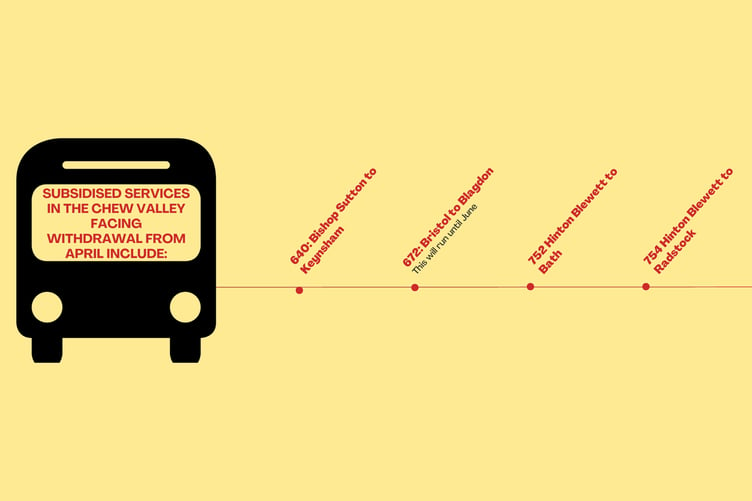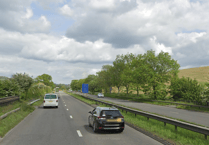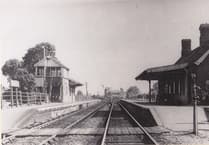On Wednesday, 18th January the leader of the Councils of B&NES, South Gloucestershire, Bristol and the WECA Mayor took the decision to completely transform the public transport offer in rural areas. It was not an easy choice but an attempt to find a creative solution in the midst of a huge reduction in bus use post-covid, and a cost of living crisis which is breaking the back of local authority funding.
There are two significant changes for the Chew Valley; the removal of all existing services: and the introduction of Demand Responsive Travel, and if those of us lobbying win our fight, the introduction of some new fixed route services: funded by two year Bus Service Improvement Plan (BSIP) money, successfully bid for by the Leader of North Somerset Council and the WECA Mayor.
The Chew Valley has long endured a dwindling bus service provision propped up by B&NES funding and at the same time paired back so far as to have extremely limited value. For a small number they have remained a lifeline; their route to work in the valley, their school bus, their shopping bus, their only means of getting time out from home and into social connection.
So the following Chew Valley routes will cease to run on 31st March: 640: Bishop Sutton to Keynsham, 752 Hinton Blewett to Bath, 754 Hinton Blewett to Radstock.
Meanwhile the 672: Bristol to Blagdon, will cease to run on 31st May, giving a 2 month transition to DRT. Across WECA as a whole, of the 82 supported bus services running or being planned, 27 have been saved (12 in B&NES) and 55 will stop this year.
This news has sent shock waves across our area, but we should not be surprised: a year ago Chew Valley Area Forum Climate and Nature Emergency Working Group (CVAF C&NEWG) warned of the threat to B&NES supported routes urging people to use these buses or they would be withdrawn.
The key fact is that Covid, Brexit, and years of funding reductions in local government have created a perfect storm. In Covid we were forced off buses for health reasons, and whilst government offered interim funding to grow back passenger confidence, the world has changed; people work from home more, some have not yet learned to trust buses again, some regular users have died, and others wanting to use buses could not make the existing services work for the journeys needed, and at the end of March the government Bus Recovery funding to bus operators ends. Add to this a shortage of bus drivers; some returning to Europe post Brexit, some moving into delivery jobs, and some having died or being invalided through Covid. So in recent tenders, bus companies necessarily raised their cost demands (by up to 116%) for supported services and local authorities had a lower budget to meet demand. Each passenger journey on existing public transport in the Chew Valley costs B&NES over £40 per passenger.
Initially, last December, WECA proposed that only 2 supported bus services should run (based on this huge cost) and B&NES stepped in to find funding for an additional 10 (a 38% funding increase). At this point in time they assumed that the Chew Valley and nearby areas, who had lobbied for 5 new fixed route services funded by BSIP money had been successful, as these had all been designed by WECA, tendered and bid for alongside DRT; they are
517: Chew Magna – Wells, 518:Midsomer Norton – Radstock 519:Keynsham Circular, 522:Odd Down to Brislington 526:Chew Valley Link, 527:Chew Magna – Anchor Road, Bristol
hence their choice to save routes in and around Bath.
B&NES only discovered in January, days before the WECA vote, that 517,518,519,522, 526 & 527 would not be given BSIP funding.
As I write B&NES are pressing WECA to put these new BSIP routes in place to support the new DRT service, and if they are successful the Chew Valley really will have a transformational new service. Also as I write the decision made on 18/1/23 to cut 516 and 52 has been ‘called in’ to be considered by a Bristol scrutiny commission, as DRT is not being offered in this South Bristol area. So the situation is fast moving.
Even without these new routes, DRT could be a brilliant new solution for many and bring about a modal shift to decarbonising rural transport . We MUST use it in every community to make it commercially viable within 2 years, or there will be NO public transport in the Chew Valley. More will emerge about how DRT will operate but for now think something like Uber Share: you order a lift by phone, app or website, at least an hour ahead of when you need it, and it takes you from your local bus stop or possibly a new ‘virtual’ stop (by a local church,or other landmark) to the nearest viable bus service (376 on the A37/39) that relays you to your destination. If there is no viable linking route, it takes you to the nearest bus stop to your destination. You share the lift with others going a similar way, and you pay a public transport fee. Its virtual platform records usage and builds a picture of service uptake across time, that will be used to consider what services will be needed in 2 years time. If your community doesn’t use it the system will assume there is no public transport need in your Parish.
CVAF C&NEWG are meeting weekly with B&NES & WECA to ensure that people in the Chew Valley fully understand DRT. Look out for information from B&NES & WECA and for public meetings.
Meanwhile we need to know if you are someone who relies on 640, 672, 752, 754, so please email Jackie [email protected] or phone 07900 641 839 and contact us if you would like to join the campaign lobbying the Mayor and/or assist in the DRT roll out.
For regular updates join our Facebook group: Bus Transition in the Chew Valley.
Jackie Head


.jpeg?width=209&height=140&crop=209:145,smart&quality=75)

.png?width=209&height=140&crop=209:145,smart&quality=75)
Comments
This article has no comments yet. Be the first to leave a comment.